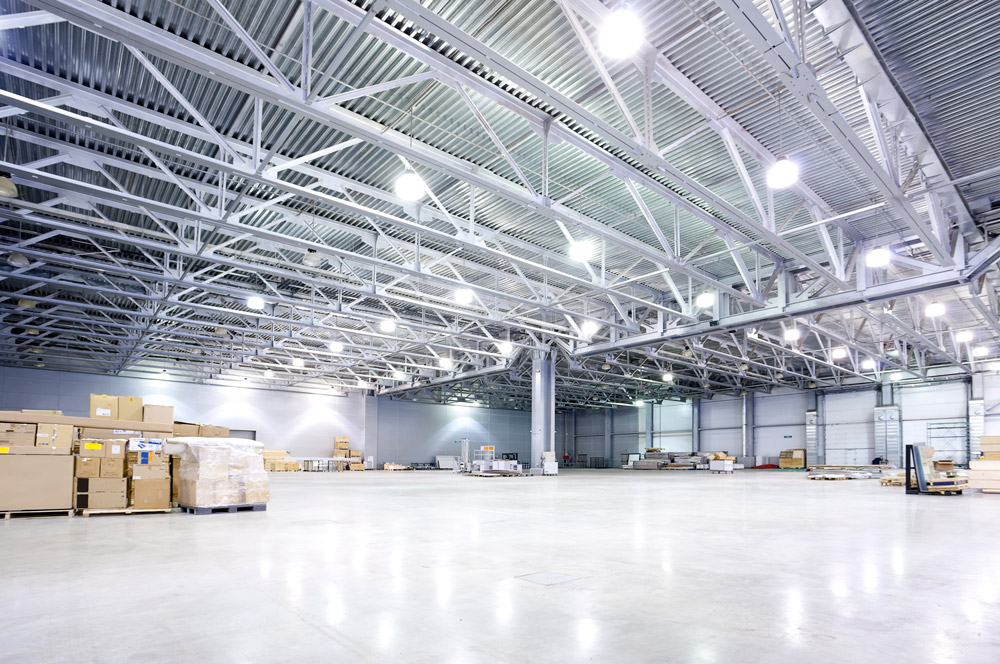4 Things Industrial Buildings Can Learn from Amenity-Rich Office Buildings
The biggest challenge the industrial sector faces today is retaining employees. If offices are decked out with extravagant amenities and high-end technology, why aren’t warehouses designed with the same type of look in mind? The bottom line is amenities make people want to come to work. For distribution and warehouse centers, it is often difficult to match the appeal of an amenity-rich office building, but here are a few ways industrial buildings can level up.
Appearance Matters
The overall environment of a warehouse can be quite gloomy. This is why employees need a warm and inviting place to spend breaks. If the break room in a warehouse offers a few folded chairs, a vending machine that rarely works and an old coffee machine, you can guarantee that this will not feel like much of a break to your employees.
While it is not entirely possible to amplify warmth in a manufacturing or distribution center, you can give employees quaint places to take breaks just like in office spaces. Industrial landlords can learn plenty of office spaces and how they utilize certain colors and design features that are aesthetically pleasing to employees. This can be especially useful in the common areas and exteriors of the property.
Offerings Should Equal or Rival That of Office Space
As a labor shortage continues to plague the industrial sector, landlords need to consider boosting the amenities and offerings they currently have for workers. Common areas need to be well-designed and there need to be plenty of break rooms and cafeterias to give employees space to unwind. Food offerings such as onsite delis or even food trucks along with plenty of storage for food and microwaves are necessary offerings.
Other important characteristics of a modern industrial building are green space for employees to meet outside with comfortable seating and fitness centers or walking/jogging paths. In any office, you will find outdoor seating areas, fitness centers, onsite eating options and even perks like dry cleaning services and shoe shining. These are the same types of amenities that industrial buildings should offer.
Prime Location
In order to attract top talent from within the city, industrial buildings should be located conveniently near public transportation and offer plenty of parking for those who choose to commute to work. Developers need to work with local jurisdictions to set up bus and train services to the properties to accommodate employees and give them options on how they would like to travel to work.
Going Green
Offices around the world are finding new ways to reduce their carbon footprint and help employees become healthier in doing so. Warehouses can take note of this trend by installing green building concepts such as automatic sensors that can change the temperature of the warehouse or space and sensors that can automatically turn lights on and off to reduce energy usage.
The world’s largest industrial developer Prologis is already working on designing the world’s first WELL-Certified industrial building in Tacoma, Washington. WELL-Certified buildings are designed to enhance the health and wellbeing of those who work inside the building.


